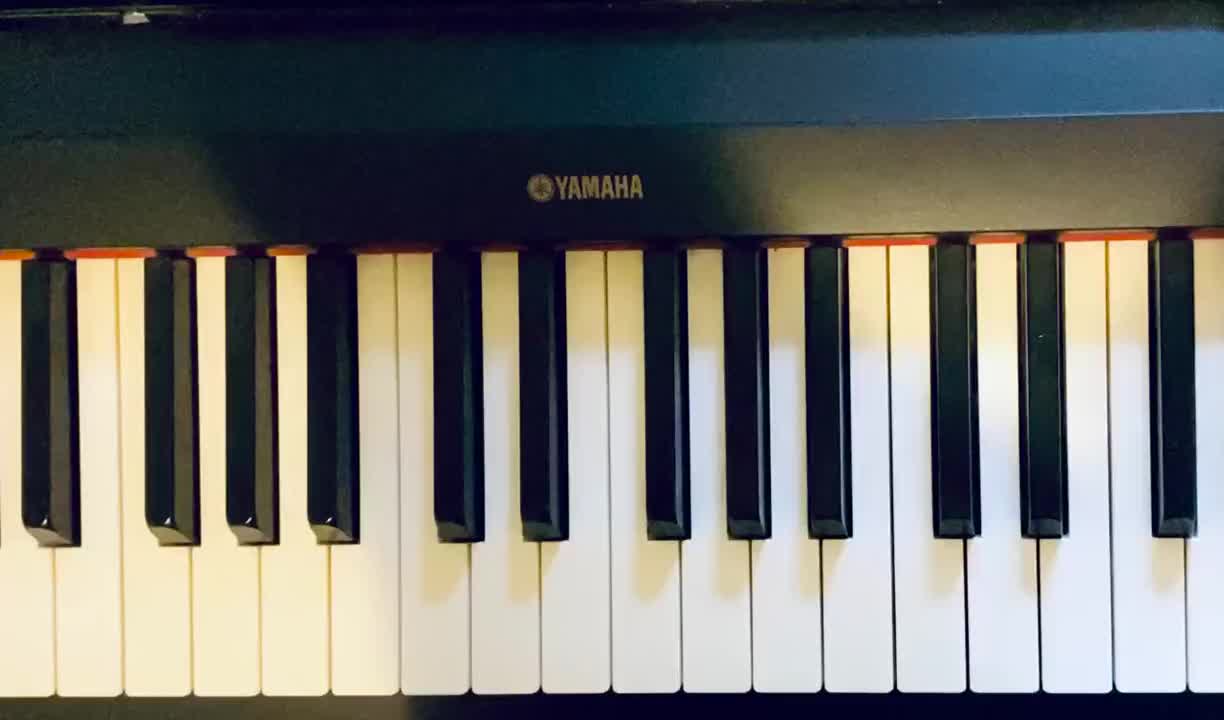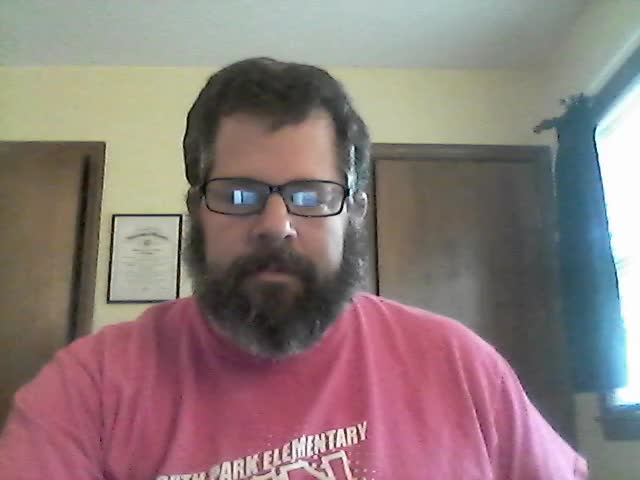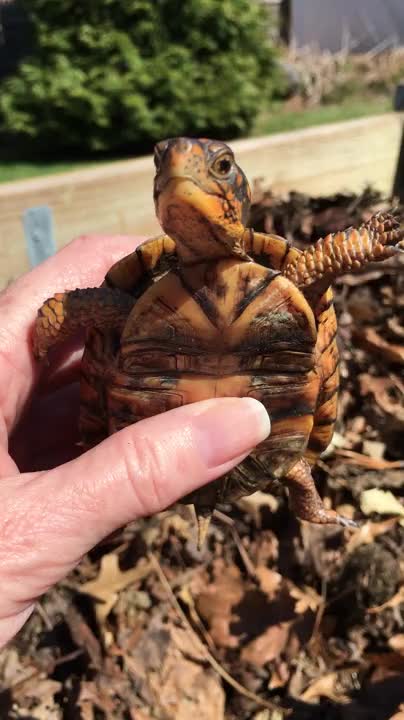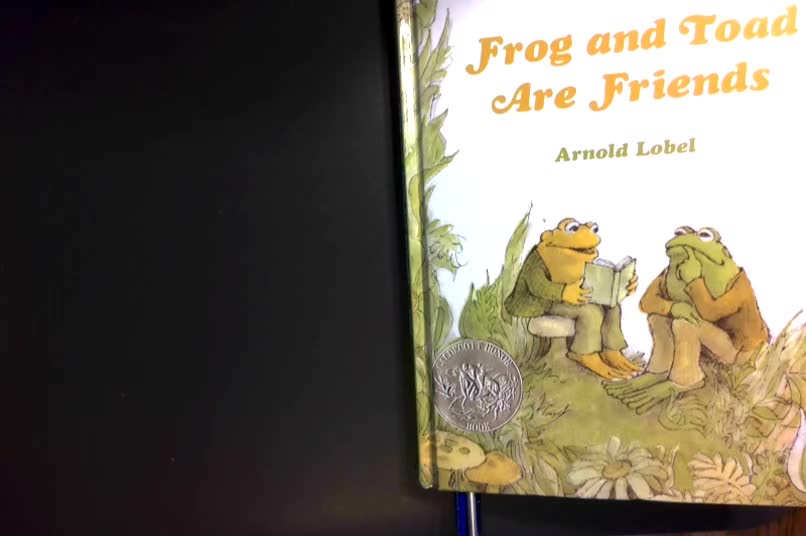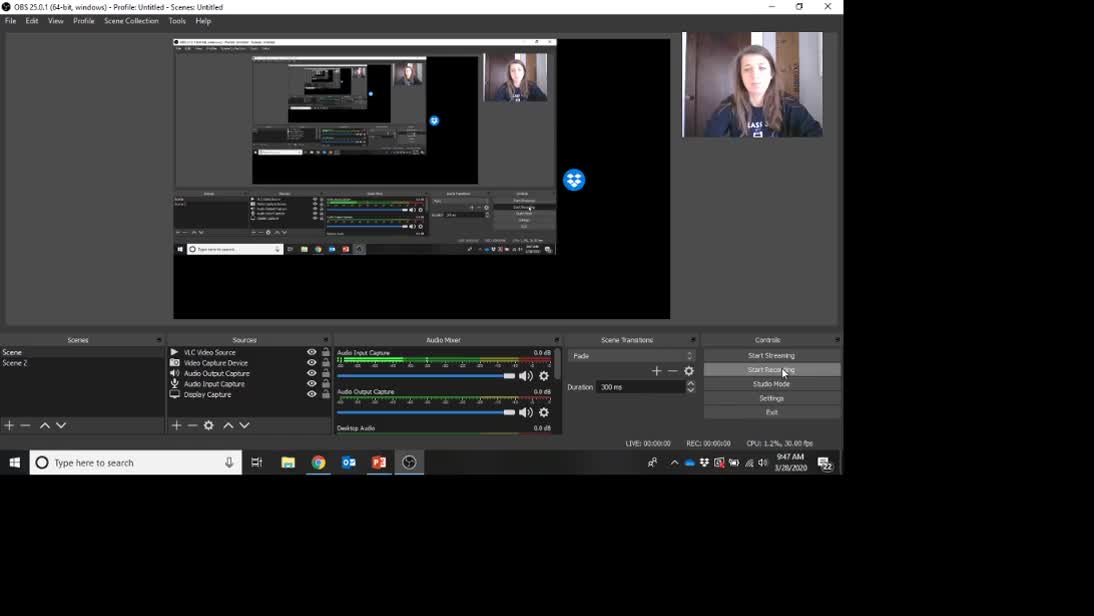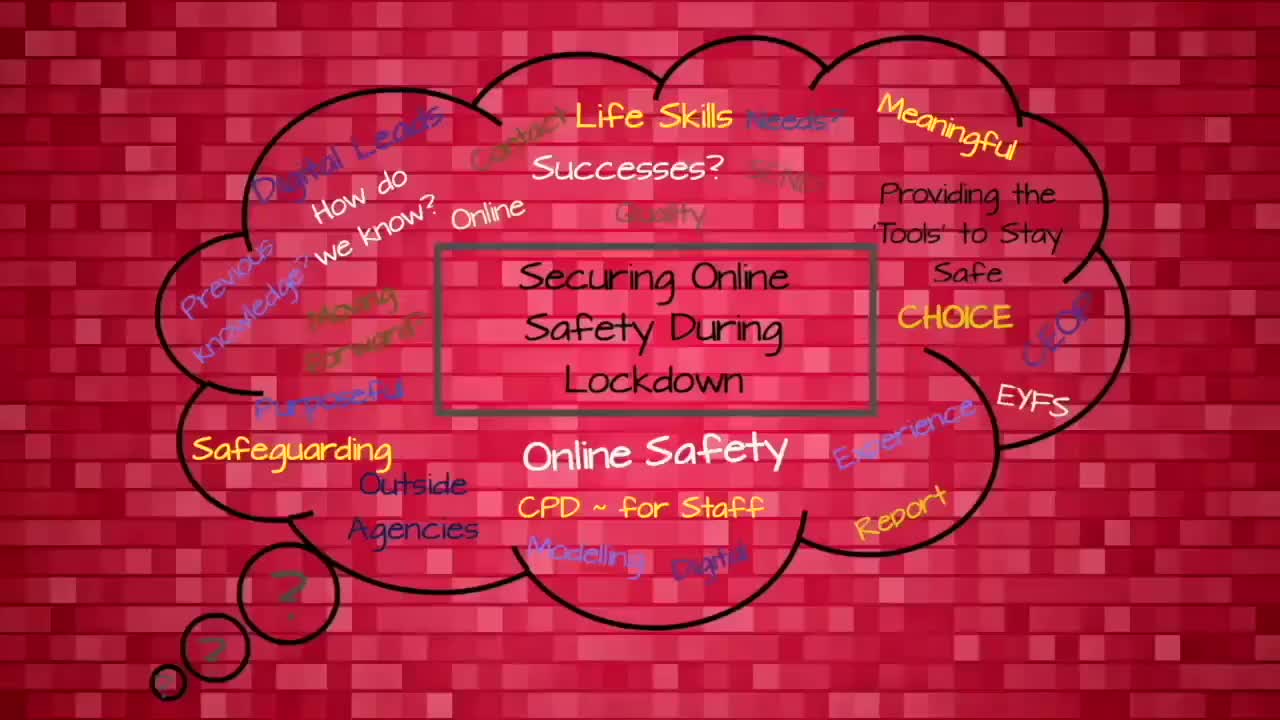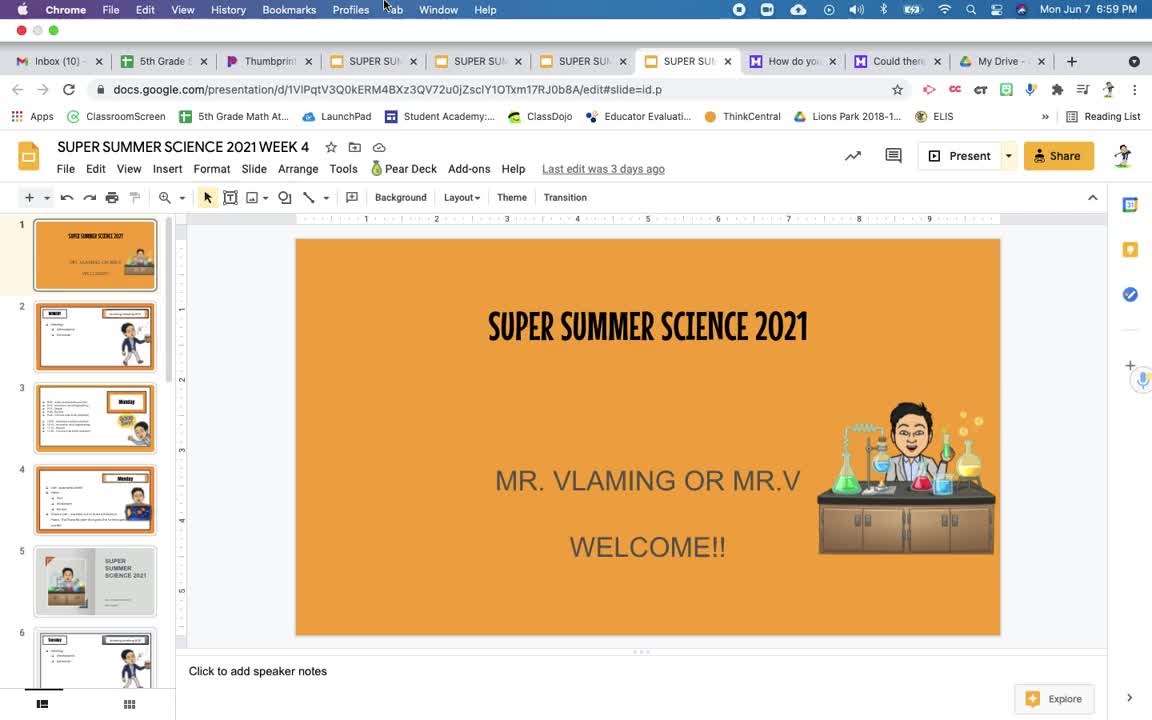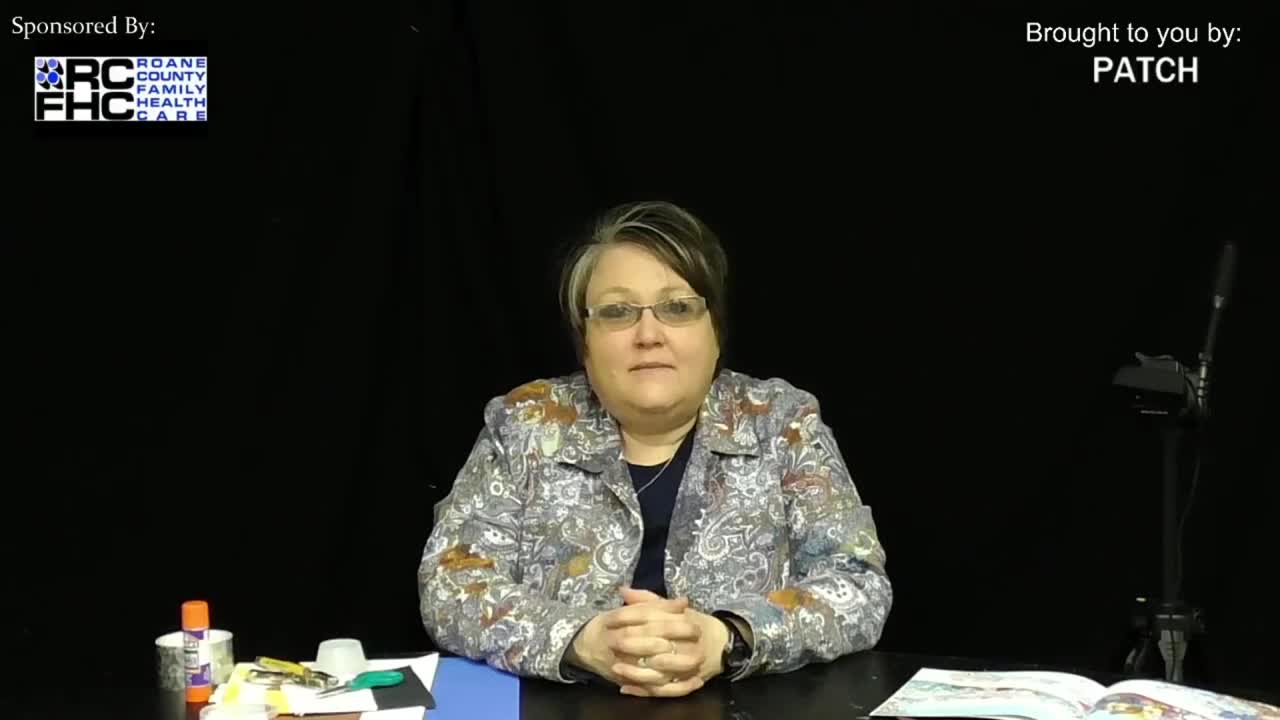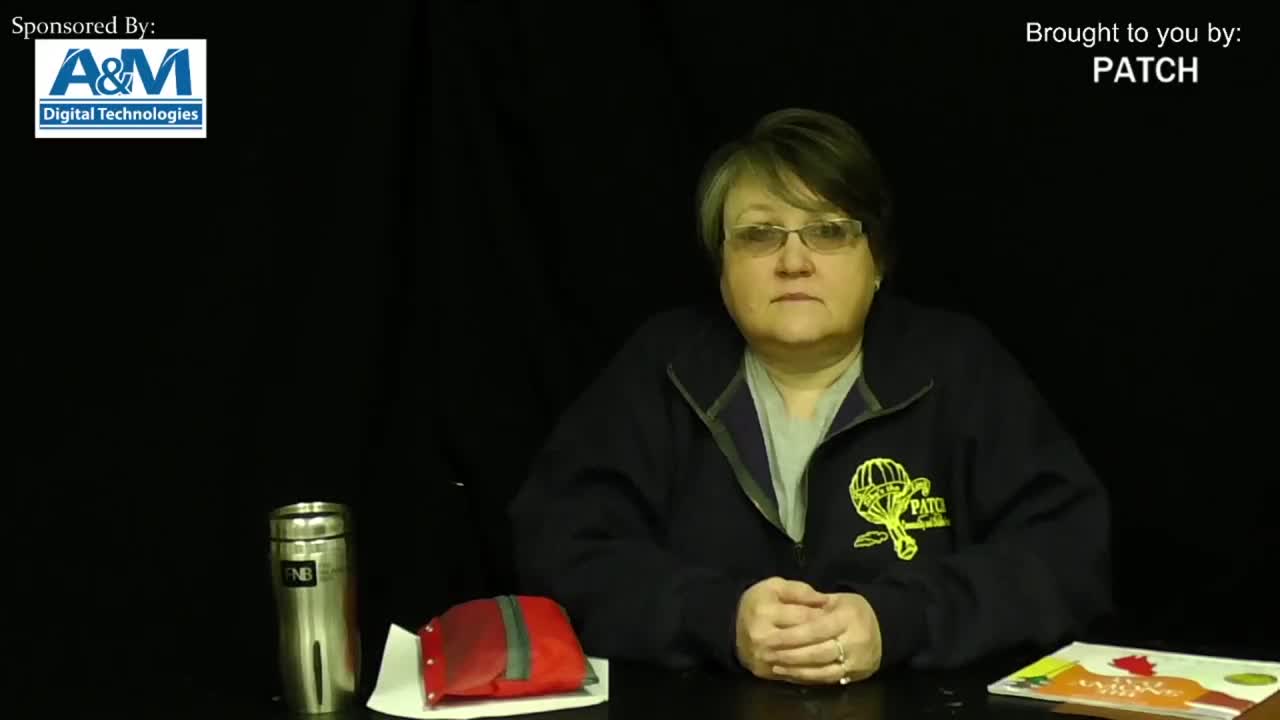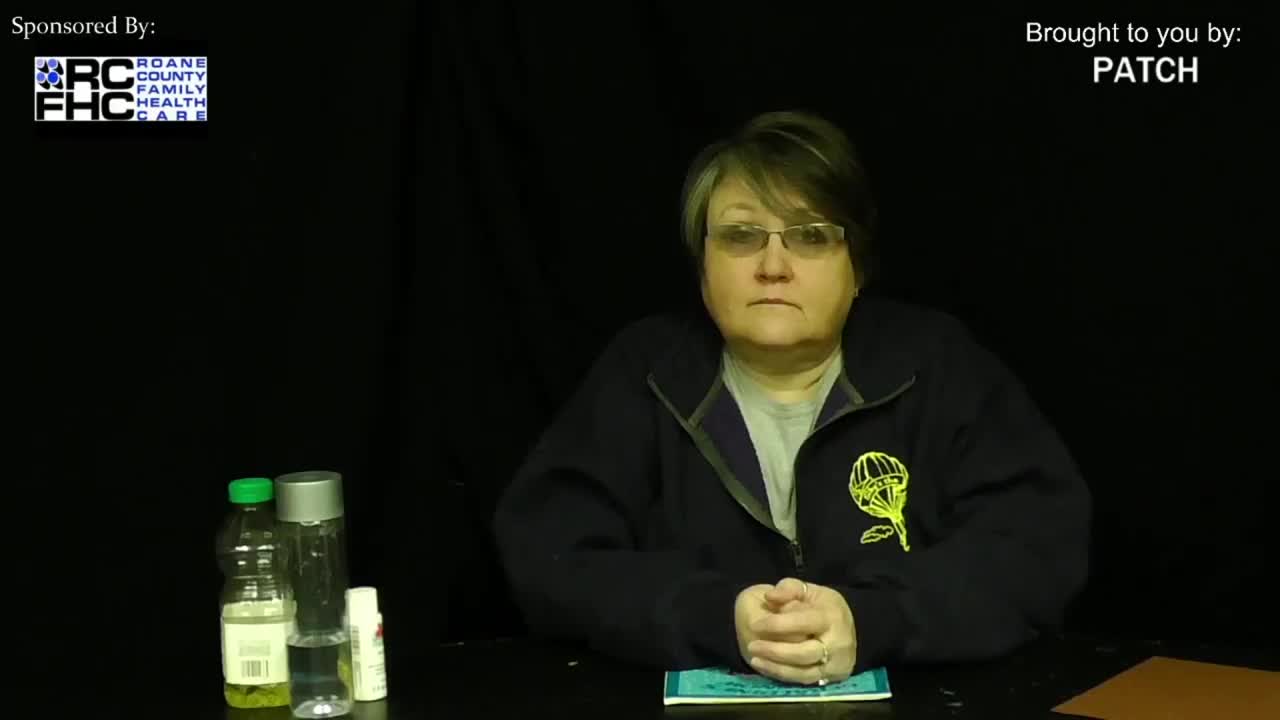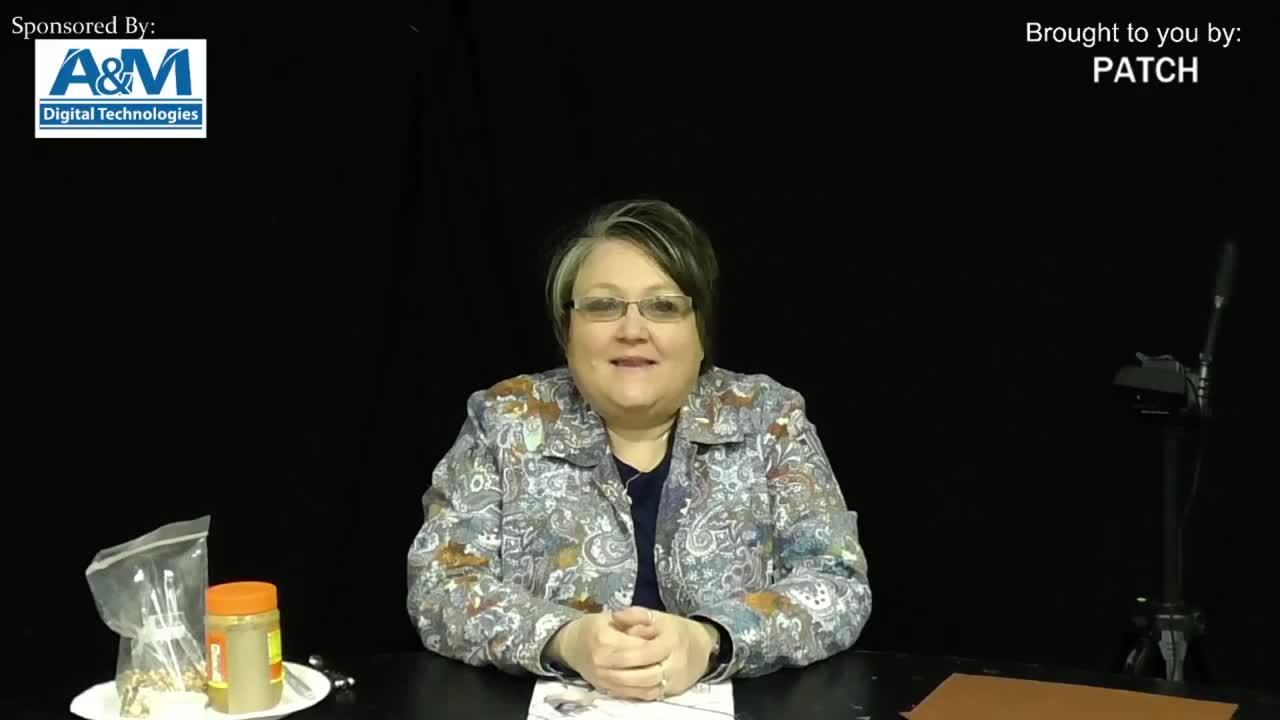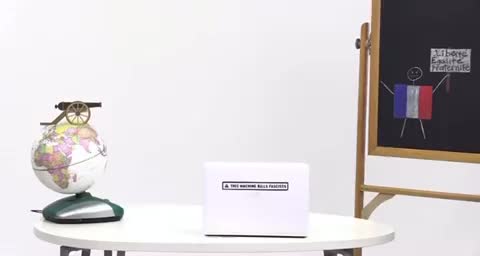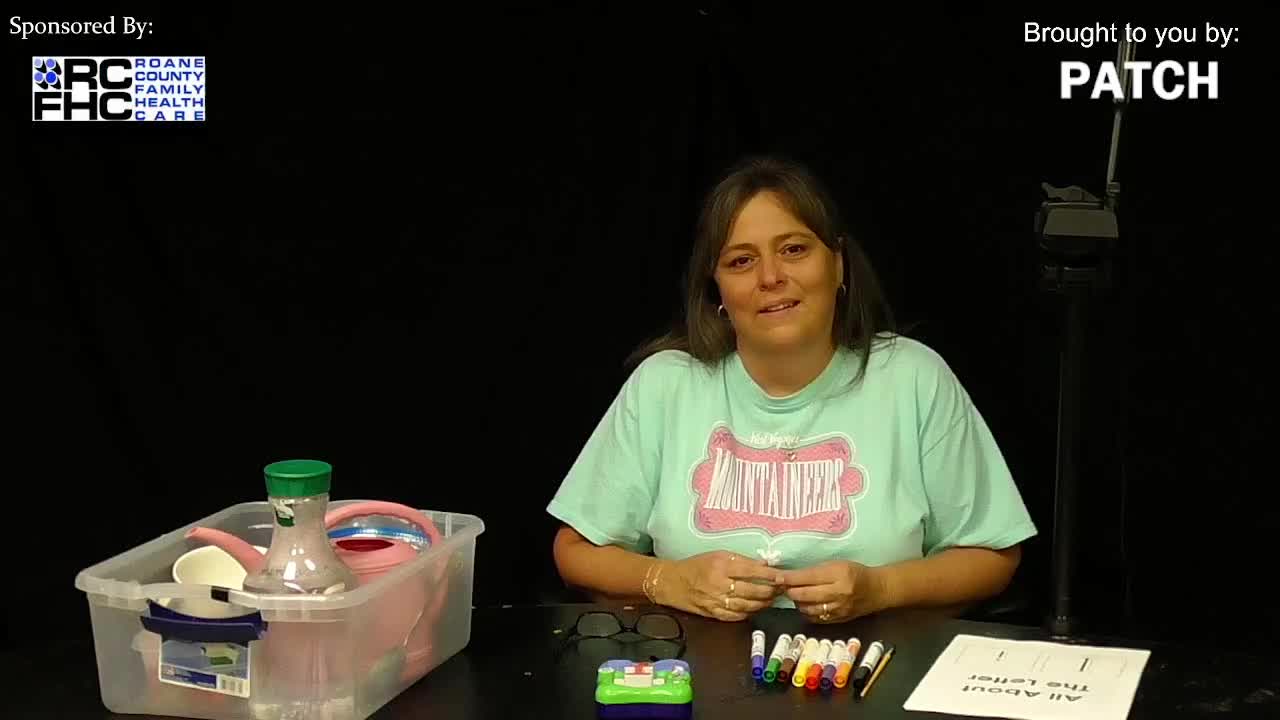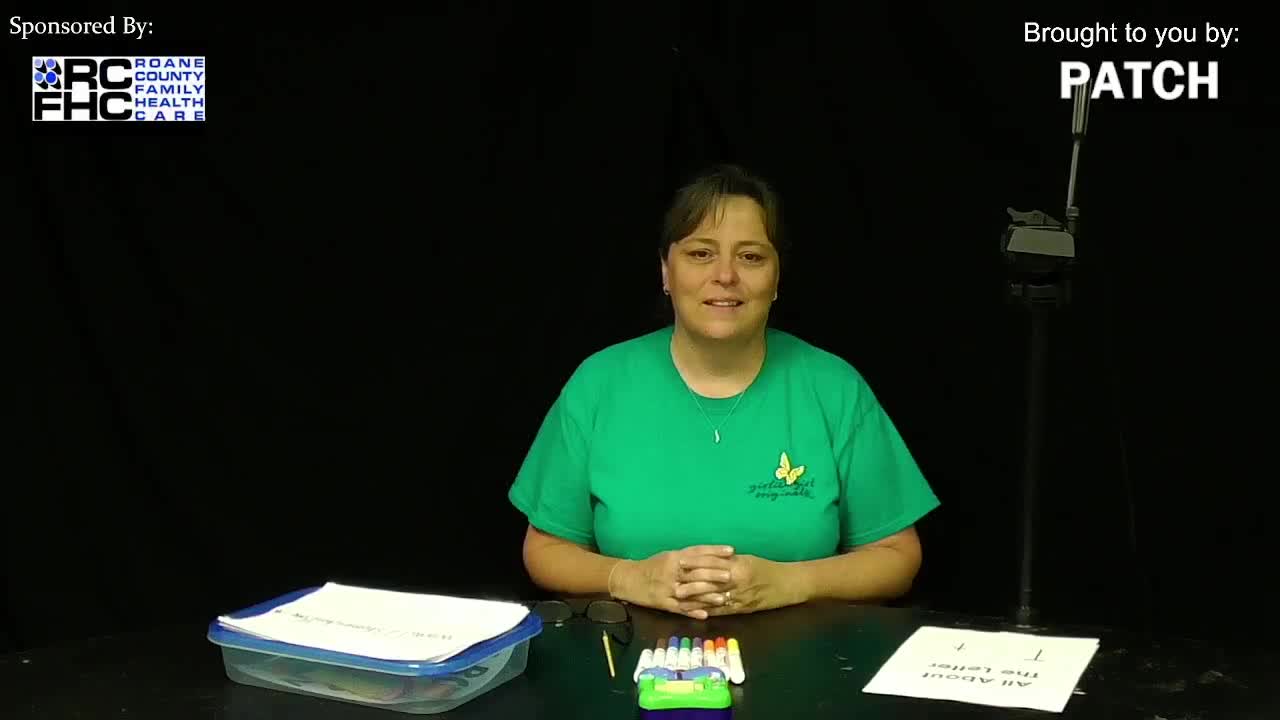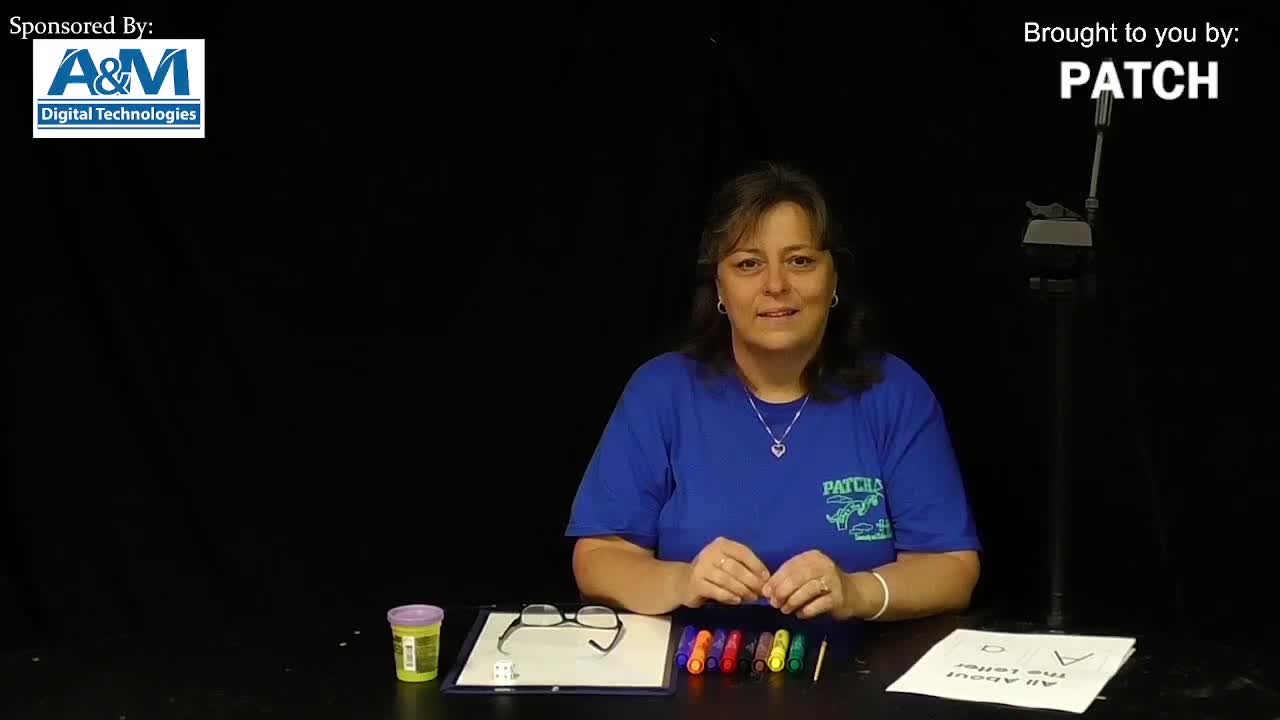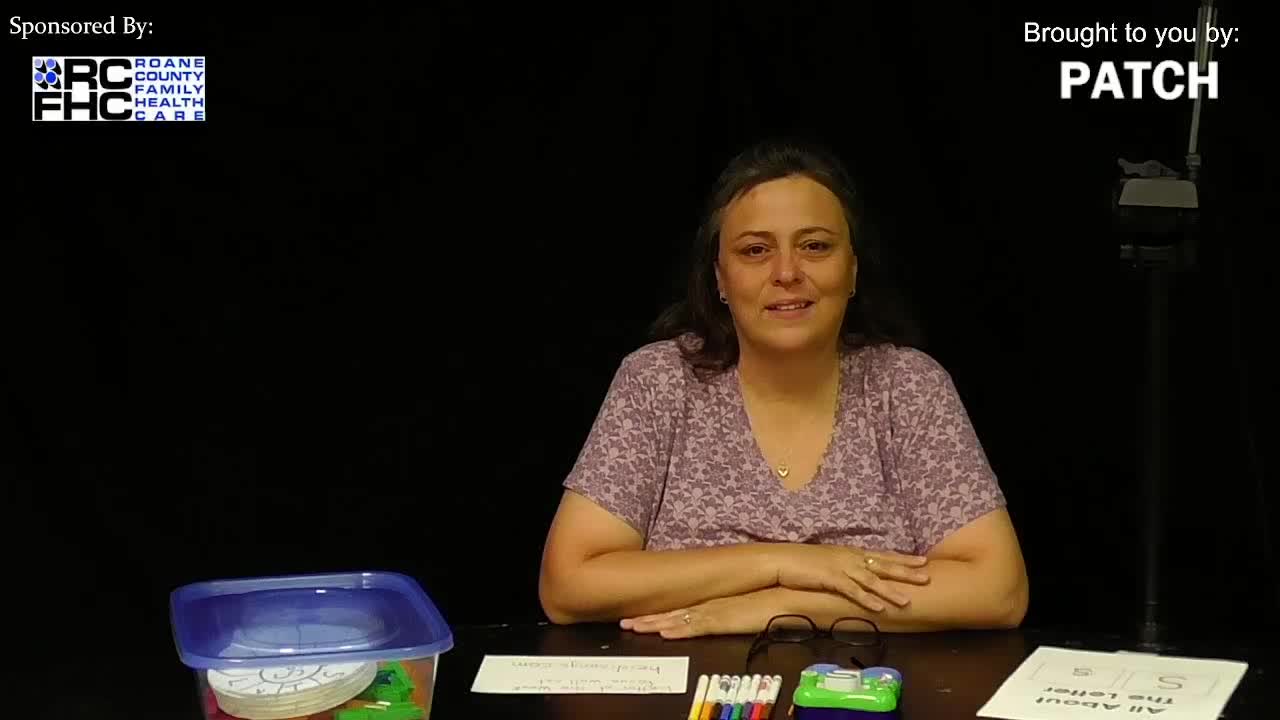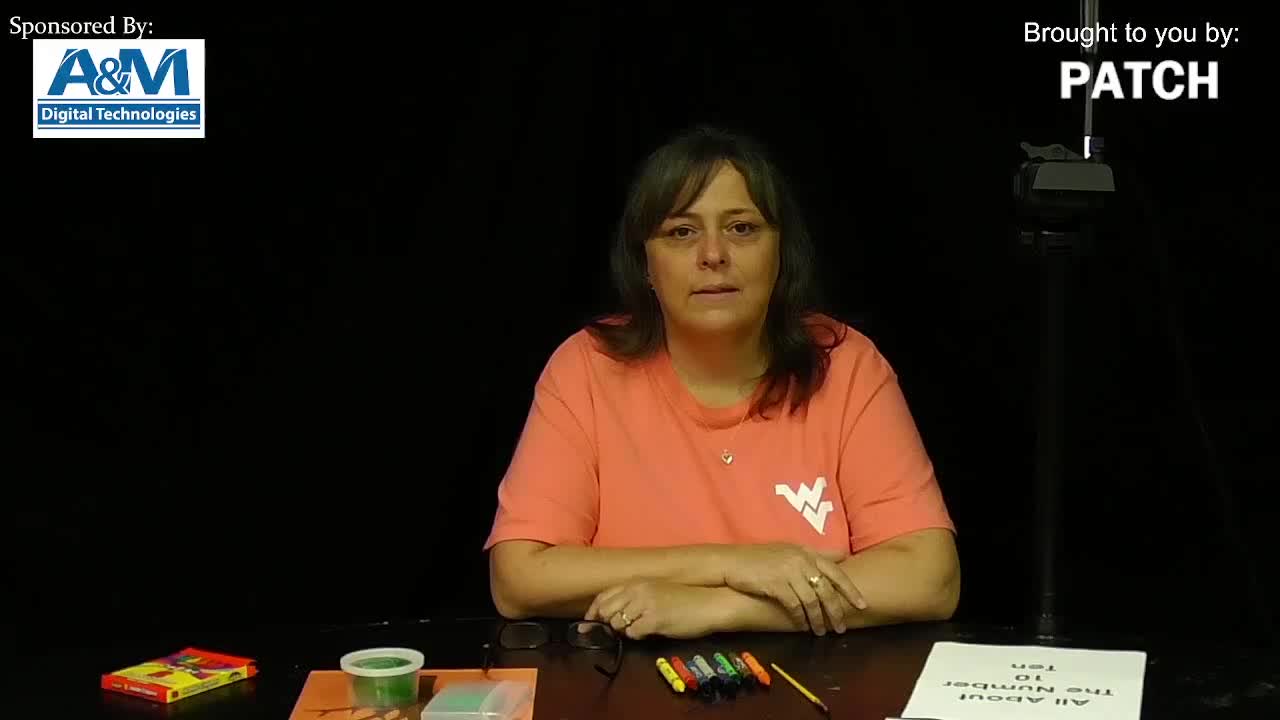Mr. Katcher discusses astronomy
All / Holidays and Seasons / Spring
Hello, my Friends. It's mister catcher. I miss you a lot. I really wish a school was back in session. You can tell I'm getting very scruffy because I haven't been able to go to the barber, but please everybody stay home as much as possible. The virus is still very contagious and we want to keep you all safe. For this week, I'd like to talk to you a little bit about one of my big hobbies, astronomy. Now, some of you have come to special events at the schools and have seen me when I've taken out one of my telescopes and we looked at the sky. I was hoping to do that again this spring, but unfortunately it doesn't look like that's going to happen. So I'm going to give you a little pointers if you would like to try a little amateur astronomy on your own. First of all, you need to wait until the night when it is very clear. If the clouds are out, trust me, you're not going to see anything. Now when you look up at the sky at night, some objects are very obvious what they are, but some can be confusing. You obviously can identify the mood or the big dipper, but other constellations and planets are difficult to see. I recommend on your phone or your parents phone to download a free app, such as sky map, which when you have it on your phone, you can hold it up to the sky, and it will identify what all the stars and constellations and other celestial objects are. It's very handy where you waste lots and lots of time trying to figure out if they had Saturn or just another star. Like I said, most of these apps are free. If you want to get a little more in depth, a good pair of binoculars will enable you to see a lot closer than those other objects. You can, for instance, see the moons of Jupiter with just a pair of sportsman binoculars. And if you get seriously into astronomy, a good bunch of telescope might be a good investment. But like I said, binoculars and just your naked eye would be perfectly fine for just some fun stargazing, this spring. Now what can you see in the sky? The first one, of course, is the moon. The moon is going to be full. Early May, but actually the best time for looking at the moon is when it is at a quarter or a half. You can see a lot of a lot more details on the moon. You could see they call them seize, but they're not really seas, of course. They're big plat flat featureless planes on the moon. The first astronauts to land on the moon landed in the sea of tranquility, not really a sea, just a flat plane. You could also see the mini midi craters where meteor meteors have struck the surface of the moon. Very interesting. The moon, of course, itself does not glow. It's merely reflecting sunlight. And disappointingly, the moon is not made of green sheets. Now, you could also see a lot of planets at night. You could tell something as a planet and not a star because plants do not twinkle, like stars, Jews, stars, twinkle, planned, do not. Now some of the planets you could see, you could see mercury, you could see Venus, and you could see Mars with your naked eye, Venus is especially easy to pick out. So really the brightest star in the evening or the morning sky. Unfortunately, these planets are not very interesting to look at with your binoculars. You can look at them. You can see they're a sphere, not a twinkling star, but a round ball, like the Planet Earth. Mars does have moons, phobos and deimos, but they are too small to be seen except with a very professional grade telescope. What is something very interesting to look at is Jupiter. You can see Jupiter in the early night sky with a phone app. It's easy to pick out, but you generally, you could see it because it's often the brightest object in the skies. And if you grab nothing more than a pair of binoculars, you can see the four main moons of Jupiter. Now, Jupiter has dozens and dozens of moons as well as its own smaller set of rings, but the main moons Europa, Ganymede, cluster, and Io, they were discovered by the astronomer Galileo, and you can see them just by looking through your binoculars. IO is the only moon that we know of that actually has volcanos on it. It's pretty neat. You just find it in the sky. Look up at it and you'll see four small dots, there may be fewer of them if some of them are behind the planet itself, but it's well worth seeing. Another very interesting celestial object to look at is planet Saturn. And we all know what Saturn is famous for. It's famous for its beautiful, beautiful rings, which are made up of ice crystals. They're not solid flat discs, but millions and millions of tiny particles. These were also discovered by the astronomer Galileo. He did not understand what he was looking at. He was the first human being to observe this with his telescope, and he actually called the rings ears for lack of a better term. He thought the planet Saturn had ears. It's going to be very hard to locate Saturn without a phone app or really, really knowing what you're looking for and you really can't see the rings without a telescope. But if you have a friend with a telescope, it is well we're seeing seeing the beautiful golden Saturn with its rings. Other thing that I'm going to be on the lookout in mid may is there is a comet called the swan. A comet is a, they used to describe these as dirty snowballs, just a ball of dirt and ice that orbits the sun, millions and millions of miles away. And it is going to be passing by the earth this spring. They say it's going to be very bright. It's going to be very interesting. Middle of May, you could see that in the northeastern sky. I will probably post a more information here as we get a better picture of what this is looking like. But remember, just with your bare eyes or a pair of binoculars, you could see a lot of amazing things in the sky. The only one thing you'd ever want to look directly at, of course, is the sun. That's bad for your eyes. So do not look at the sun, but look at it everything else. Please feel free to email me and tell me anything you have seen or if you have any questions, please let me know. There are going to be a couple of links on the assignment to NASA and other government bodies that will help you become your own amateur astronomer. So good luck, everybody, please stay safe and read a couple of books.


